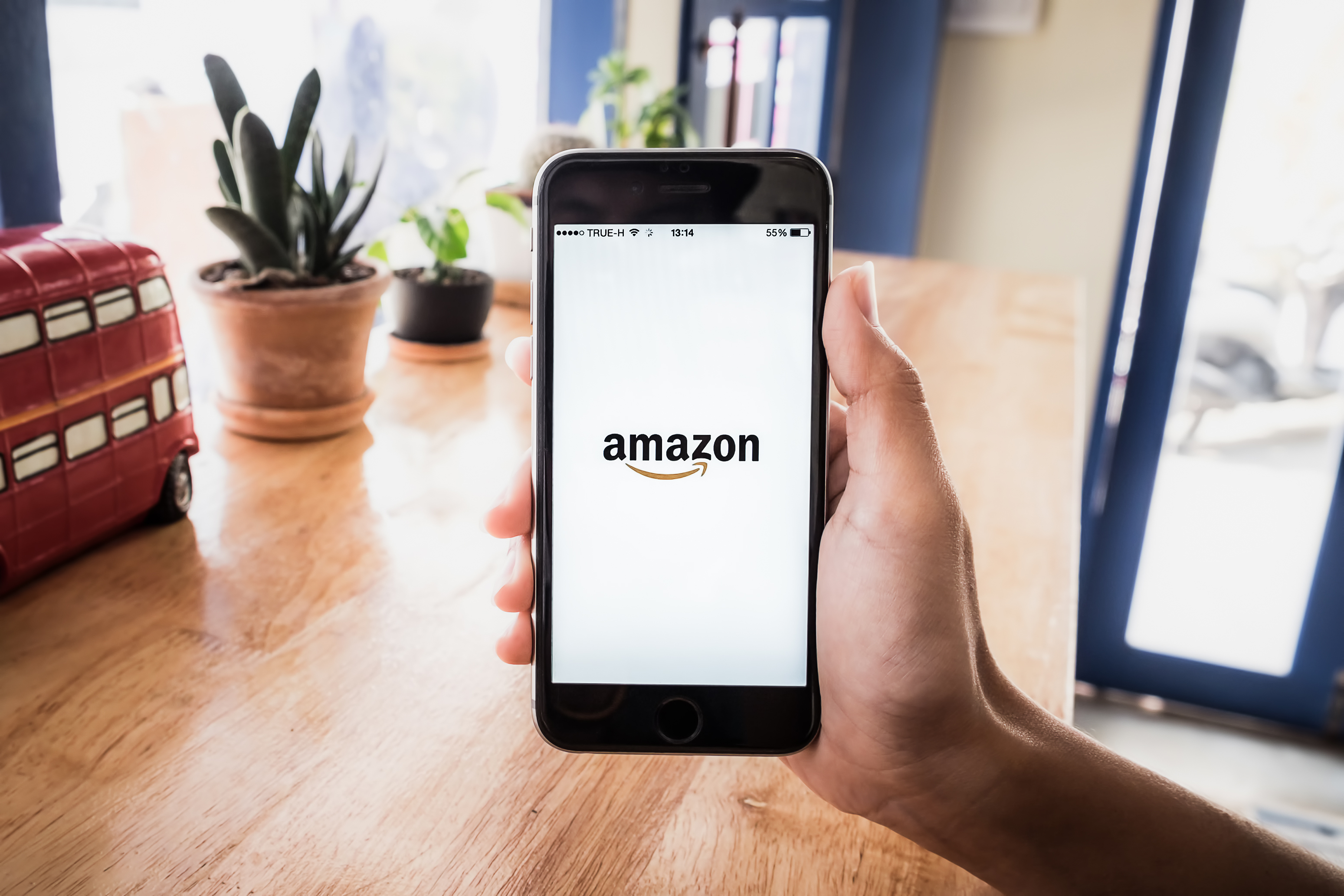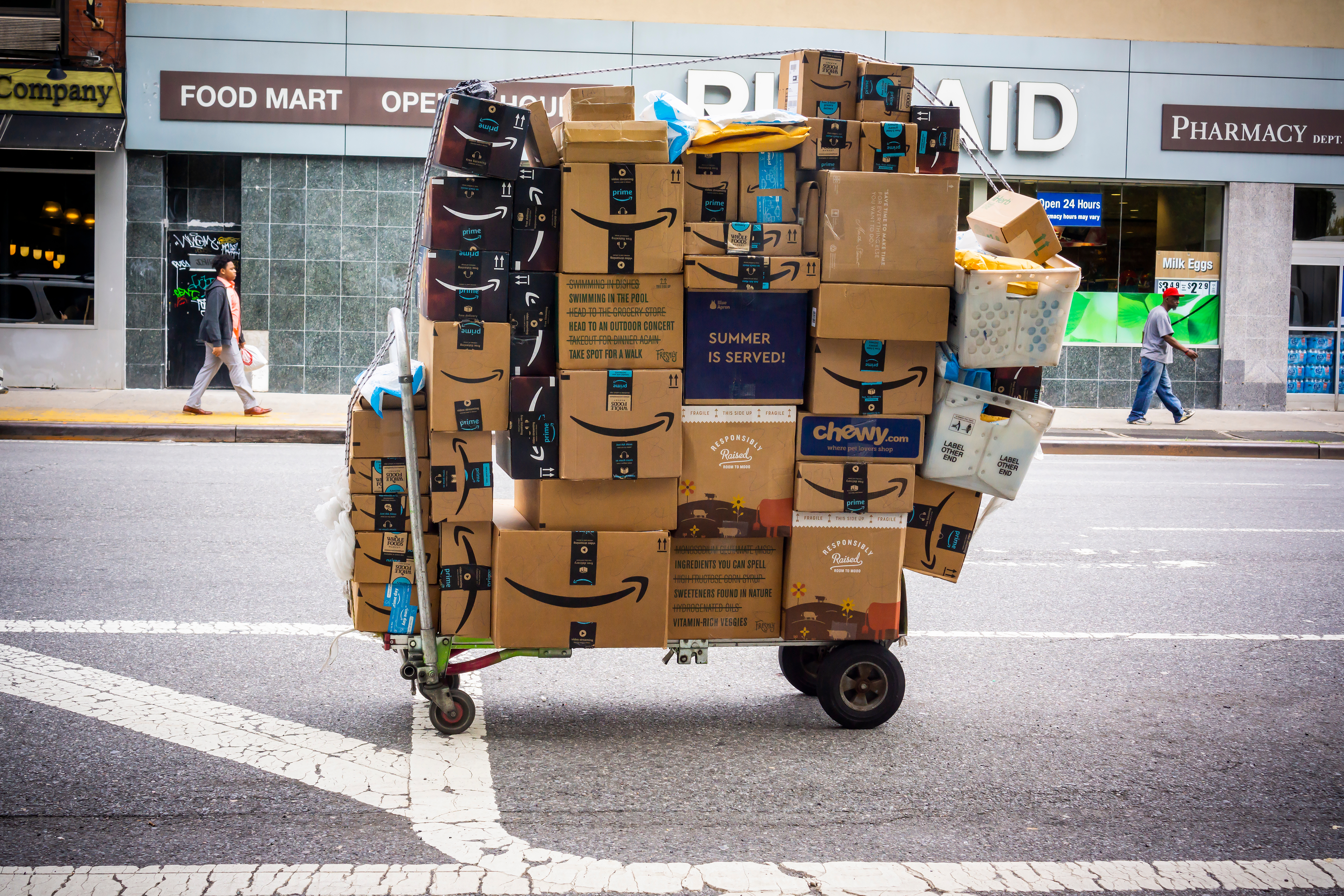How can retailers compete with Amazon? This is the question that my co-author Miya Knights and I get asked most since publishing our book earlier this year.
First, let’s address the myth that Amazon is a retailer. It’s not.
Amazon is a technology company with deep pockets, an appetite for disruption, and a constant dissatisfaction with the status quo. Amazon is a fierce competitor not only because it is infatuated with its customers, but also because it has the advantage of playing by its own rules, shunning short-termism and other traditional constraints faced by public retailers.
From a CX perspective, Amazon has made online shopping completely and utterly effortless. The ability to access millions of products and have them magically turn up on your doorstep the same or next day is pretty powerful, and Amazon has gone to great lengths to ensure that the experience is as seamless as possible. They continue to reduce friction by shortening the path to purchase – this will be a key focus in the future as Amazon relies more heavily on its own devices to funnel purchases through to its platform.

Ultimately, it’s the ease of buying through Amazon or, as Miya often says, it’s how Amazon sells rather than what it sells that distinguishes them from their peers.
Amazon is the ultimate friction killer, but that inherently makes them somewhat of an experience killer. Amazon is functional, it’s transactional. It’s great for ‘buying’, but pretty awful for ‘shopping’. So how can retailers remain relevant in the age of Amazon?
Firstly, there is an element of keeping up with the Joneses. Most of Amazon’s innovations catch competitors on the back foot, leaving them in the undesirable position of reacting to rather than leading change. Ceaseless innovation from Amazon raises customer expectations which in turn leads competitors to raise their game and ultimately results in a better experience for the shopper. What would retail look like if Amazon didn’t exist? In a nutshell, customers would be far more tolerant of mediocre service.
No one can out-Amazon Amazon, but retailers must prioritise investment in the areas where Amazon is genuinely disrupting customer expectations – frictionless e-commerce experience, delivery speed and choice, voice shopping, auto-replenishment, checkout-free stores and, increasingly, a digitally enabled instore experience.
That’s just basic hygiene. The real opportunity for bricks & mortar retailers is to focus on WACD – What Amazon Can’t Do. That’s experience, curation, discovery, inspiration, human touch, community. It’s time to inject some personality and soul back into stores, to make them desirable places to visit, places worth ditching our screens for.
Amazon taken the touch and feel out of shopping and there is a massive opportunity for retailers to distance themselves from this by offering customers an immersive, memorable experience that simply can’t be replicated online. But this requires a titanic cultural shift and an entirely new set of skills from store associates who must transition to become genuine brand ambassadors. Stores must go well beyond the product, beyond the transaction. They must become places to eat, play, work, discover, learn and even rent stuff. In the future, retail space will be less about retail.
In summary, there is no single formula for competing with Amazon but retailers can take lessons from the tech giant itself by starting with the customer and working backwards. Think of your stores as assets and not liabilities. Reposition them as fulfilment hubs to cater to growing demand for same-day delivery and instore collections, while potentially beating Amazon to the chase by addressing the ticking time bomb that is returns. The instore experience must be frictionless to emulate the convenience of buying online, but also experiential to differentiate from Amazon’s transactional nature. The rise of Amazon will also make for strange bedfellows – collaboration, in some cases with Amazon itself, should be viewed as an essential component of retail strategy in a bid to stay relevant to customers.
This post originally featured on RingCentral’s blog.

